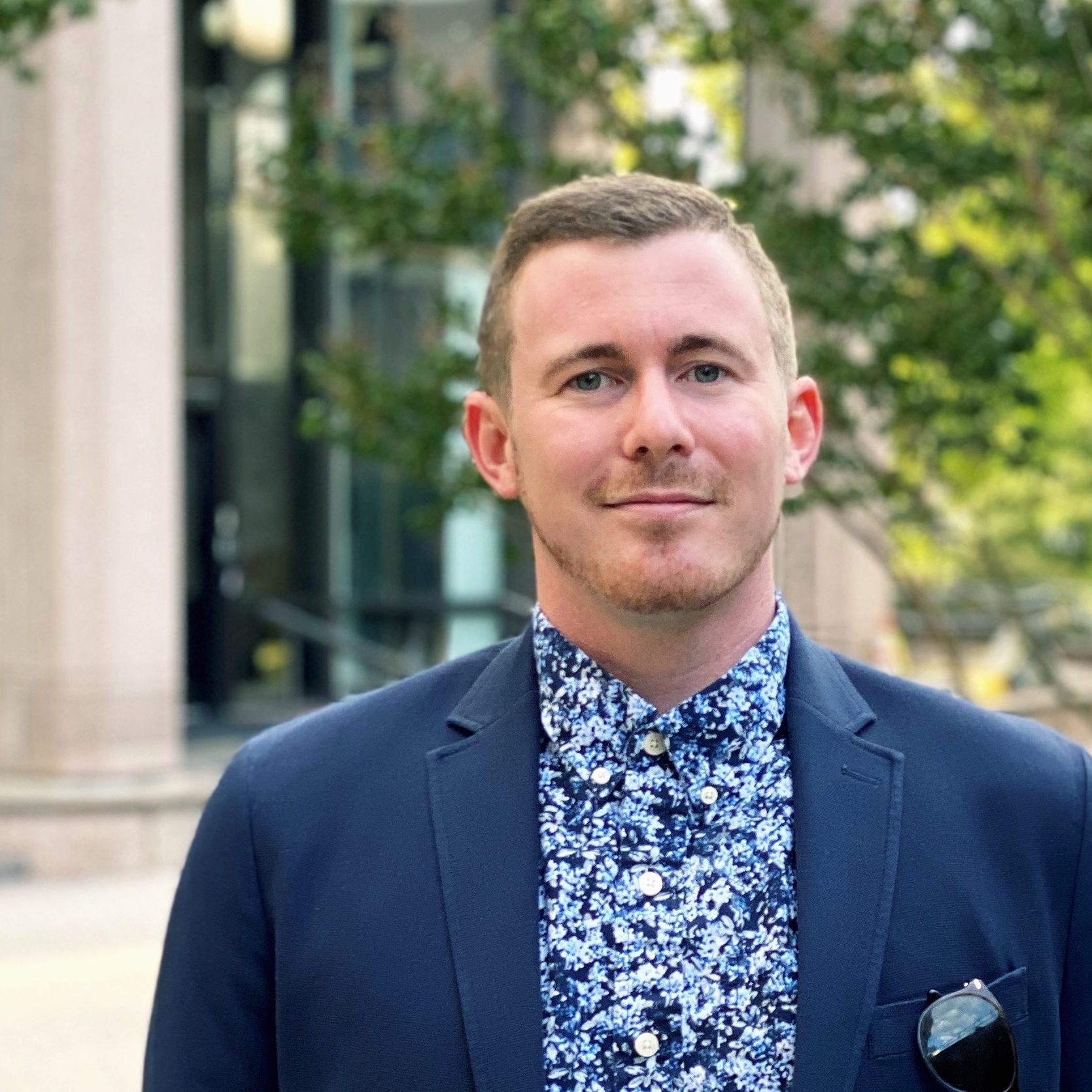Posted in: Aha! Blog > Great Minds Blog > Equity High-Quality Curriculum > Educational Redlining is a Pernicious Problem; Baltimore is Leading the Way in Addressing It
I grew up in Howard County, Md., and was a byproduct of public schools. My former high school sits 11 miles from where I taught—ConneXions, an arts-based, public charter school in Baltimore City. At the start of my career, I lived at home to save money. While my commute was a short distance, the inequities made the two communities feel like they were thousands of miles apart.
My suburban high school, in a wealthy community where white students were the largest racial subgroup, had many extracurricular activities, robust technology, and access to college-level coursework. The school in which I taught was in a low-income, predominantly Black community and was resource-challenged, due to inequitable funding formulas.
Over the five-years working in Baltimore City, as a math teacher and instructional and professional development coach, I witnessed the trauma associated with systemic inequity. Low socio-economic status reinforces systematic, undue barriers for educational access. Thankfully, we’ve seen a drastic shift both in leadership and instructional approaches with Baltimore City Public Schools. As CEO of Baltimore City Public Schools since 2016, Sonja Santelises, has tackled equity through action.
We’re seeing those actions in real time now, as Baltimore educators engage students in high-quality remote learning until students and teachers can get back to in-person learning safely. The district has taken into account students’ well-being, community input, continued academic progress, and quality curricular materials that can be equitably accessed both in person and virtually.
I believe a big impetus for the change that ushered in new educational leadership in the city centered around the uprising following the murder of Freddie Gray in April 2015. For the months following the uprising, our students passed armed National Guard members and tanks each day on their way to and from school. This reinforced the reality that our young people operated within a system that was neither built for nor supportive of their identity and experience.
Greater focus on equity
But what we saw in the school system, with Dr. Santelises’ arrival, was a revitalized investment in equity. Administrative training sessions pivoted from procedure and policy to deeply intentional and instructional conversations. There was also an increased prioritization of and investment in school counselors, wrap-around services, and academic resources.
Dr. Santelises describes the difference in investments made at schools like Mt. Hebron, my alma mater, and those like ConneXions, as “educational redlining.” As she explains it, low-income communities have been deprived of access to affordable and nutritious food, adequate housing, and high-quality instructional resources.
To address the problem, Baltimore, and other cities like Washington, D.C., Detroit, and Los Angeles, are working to ensure students are taught by well-trained teachers, accessing technological resources, and engaging with high quality, knowledge-building curricula.
Quality resources, better approaches
Here’s why that last part is so important: In a report from the nonprofit TNTP, “The Opportunity Myth,” researchers found that students of color and low-income students were significantly less likely than their white, wealthier peers to have access to high-caliber instruction and grade level-appropriate classroom materials.
The conditions described in the report reflect the conditions I saw during the early part of my tenure with Baltimore City Public Schools. We, with the best of intent, heavily emphasized mathematical tricks, rote procedure, and below grade-level remediation. We struggled to teach for conceptual understanding, instructing students on “what” to do, as opposed to reiterating the “how” and “why” behind mathematical thinking and complex problem-solving. That changed when we shifted to higher quality instructional resources and higher expectations.
While training K–12 educators, I often refer to instructional mistakes I made, particularly an experience while teaching our AP calculus course. Our students internalized high level mathematical concepts with ease. However, they faced a computational barrier when it came to difficult problems, having been taught with a procedure-based curriculum and approach that relied on tricks rather than the understanding of content. Looking back, if we had emphasized the use of content-rich curricula that builds deep knowledge, this likely would not have been a barrier that stopped many of our graduating seniors from passing the AP test and receiving college-level credit in high school.
Today in Baltimore, parallel shifts are happening in English language arts classrooms across the city. Early and struggling readers are being taught foundational skills through rich, engaging books that help them learn to decode words and build their vocabularies and knowledge on culturally relevant historical, artistic, and scientific topics.
We have seen, and continue to see, a pivot toward the high-caliber instruction and resources that all students need and deserve. I’m proud of Baltimore’s efforts to take charge on this vital shift. I’m hopeful that, through these endeavors, we create a more just and equitable society. While this ideal will not by itself repair the pervasive structures of systemic inequity, it will support generations of students in feeling they live within a system built to support them.
Submit the Form to Print

Tim Hamilton
Tim Hamilton serves as a senior manager of onboarding and training with Great Minds, the developer of Eureka Math, a cohesive Grades PK–12 math curriculum. He provides professional development nationwide to schools and districts that are implementing this curriculum. Previously, he taught Grades 6–12 mathematics and served as an instructional coach with Baltimore City Public Schools.
Topics: Equity High-Quality Curriculum








